Is it possible to water cucumbers with yeast and what will such feeding lead to?
Good care for cucumbers requires effective feeding. Gardeners use many different fertilizers, and recently they often watered cucumbers with yeast. The culinary product turned out to be a very good helper in the garden - it contains substances that are useful for plants. Preparing a cucumber feed is easy and no one will deny that it is an environmentally friendly product. The solution can be poured over the plants, and also used as a foliar dressing. Yeast strengthens vegetables, stimulates their growth and protects against certain diseases.
The beneficial properties of yeast
Yeast contains B vitamins, proteins, organic iron, amino acids, trace elements that have a positive effect on plants, including cucumbers. Active yeast fungi structure the soil, thereby creating favorable conditions for microorganisms. Bacteria recycle organic matter. As a result of their activity, nitrogen and other trace elements are released into the soil in the form in which they are most easily absorbed by plants. All this has a beneficial effect on the quality of planting.
- The resistance of the seedlings increases as they are fortified with minerals and vitamins. The negative impact of lack of illumination is reduced. Seedlings can withstand transplanting more easily.
- The rooting of seedlings increases. If the seedlings are left for a day in a warm infusion of yeast, the root system is strengthened and activated, the growth of new branches increases 10 times.
- Plants are enriched with natural bacteria that stimulate their protective properties.
- The increase in the volume of green mass is accelerated.
- The composition of the soil improves due to the activation of beneficial microorganisms.
Advice
Yeast is used during the warm season. Only then is the activity of unicellular yeast fungi beneficial to plants possible.
How to properly feed cucumbers?
Yeast saturates the soil with nitrogen, which is very beneficial for cucumbers at the beginning of the growing season. Some more proven folk remedies are added to the solution.
When using yeast dressings, it is important to follow a number of rules.
- It is often impossible to feed, it is enough to apply yeast as a fertilizer only two or three times during the growing season of cucumbers.
- When purchasing yeast, you need to carefully study the shelf life data. Fungi that have lost their activity will not bring the expected benefits.
- You cannot water the cucumbers with yeast immediately after transplanting to a permanent place. Even if the root system remains intact, the aerial part takes time to acclimate.
- Dissolve the yeast infusion in warm water and watered, too, in a warm state under the root.
- The simultaneous introduction of organic fertilizing and yeast is not recommended (the active substances of the yeast are often neutralized in this case). It is necessary to make an interval of several days.
- Adding 2 g of ascorbic acid to the solution from one package of dry yeast will increase the number of ovaries. There will be much less barren flowers.
- Before watering cucumbers with yeast solution, the soil must be moistened.
- The yeast feed is used at one time, the next one is prepared with a new one.
Almost all vegetable crops can be watered with this fertilizer: tomatoes, peppers, onions, cabbage.
Advice
After yeast dressing, it is worth adding wood ash - a glass of 10 liters of water. Potassium and calcium are intensively used in the fermentation process, and it is necessary to renew their reserves in the soil.
When is feeding done?
You can start feeding cucumbers with yeast at the very early stages of the growing season.
- Water the seedlings of cucumbers if the plants have already formed 2-3 true leaves.
- A good effect for enhancing immunity and increasing fruiting will give feeding cucumbers during the period when the ovaries begin to form.
- Fertilizing cucumbers with yeast for the third time, after the main harvest, rejuvenates the plants and stimulates them to continue flowering.
Features of fertilizing cucumbers in greenhouses
The first feeding with yeast is carried out a week after moving the cucumber seedlings to the greenhouse, provided that nitrogen fertilization was used when planting the plants. For planting cucumbers in closed ground, fertilization with yeast alone will not be enough. If the superphosphate was not introduced enough before planting, the cucumbers are fed them before flowering. After such feeding, yeast will also show itself effectively, supporting the immunity of plants. An interval of 7-10 days is maintained between dressings with mineral or organic fertilizers and yeast.
- First, before flowering, the cucumbers are fertilized with a solution of 10 liters of water and 200 g of organic matter, mullein or dissolved and infused bird droppings, to which 5 g of potassium sulfate and superphosphate are also added.
- The second organic feeding is carried out during the formation of ovaries. For 10 liters of water, take 100 g of liquid mullein and add 20 g of nitrophoska.
Instead of manure or dung, a nutrient solution is also made from grass and weeds that grow near the site. Grind 1 kg of green fertilizer, put it in a tank and fill it with a bucket of water. The container is closed for fermentation for a week. The infusion is filtered, diluted with warm water (up to 30 liters) and cucumbers are poured over 3-5 liters per 1 m2.
Preparation of infusion
The yeast solution is quick and easy to prepare. Yeast in various forms is suitable for feeding cucumbers: fresh briquettes, dry granulated or in powder form. You need to take only warm water to activate the yeast. Solutions are prepared in several versions - each gardener chooses the most interesting from his point of view. Typically, the recipe for watering involves the consumption of 1 liter of solution for each cucumber bush.
Important!
Feeding cucumbers with yeast provides an increase in the number of ovaries and yield weight. The number of barren flowers and hollow fruits is reduced.
Sugar free solution
Fresh yeast fertilizer can be prepared without using sugar. From a large briquette, which usually weighs 1 kilogram, 50 liters of top dressing is obtained.
- A 1-kg yeast briquette is crushed and mixed with 5 liters of warm water.
- The mixture is placed to activate the fungi for a day in a warm place.
- For watering cucumbers, the infusion is diluted with warm water in a ratio of 1:10.
Pour 1 liter of fertilizer under one plant in the garden or in the greenhouse. For seedlings, 200 ml of solution is enough.
Advice
The effectiveness of feeding will increase if you add a little potassium permanganate to the solution for the prevention of diseases.
Infusion with sugar
Sugar is added to the mixture of water and yeast for the growth of fungi.
- Dissolve 10 g of dry yeast in a bucket of warm water.
- Add 2 tablespoons of sugar, cover the container.
- The mixture is infused for several hours in the sun or in another warm place.
- The entire volume of the solution must be diluted in another 50 liters of water, also warm.
1 liter of solution is poured under the root of each plant.
Fermented solution
An infusion of yeast with sugar is also used, in which fermentation processes have already taken place.
- Knead 100 g of fresh yeast and put it in a 3-liter jar with warm water.
- Add half a glass of sugar.
- The jar is tied with gauze.
- The solution is kept in a warm place for a week.
For watering cucumbers, 200 ml of infusion is diluted in a bucket of warm water. 1 liter of top dressing is poured under each plant.
Infusion of bread
Since the decay products of organisms are stored in bakery products, which cause fermentation, their remains are also used to prepare a stimulating dressing for cucumbers.
- Crusts and pieces of dry bread, rolls are soaked in water.
- A 10-liter bucket is filled with more than half of bread, the remains of lactic acid products, and jam.
- Add a package of dry yeast to the mixture and add warm water.
- Insist in warmth for a week, stirring the contents of the bucket twice a day.
- 200 ml of starter culture is diluted in a bucket of warm water and cucumbers are poured over a liter under the root.
Chopped fresh hops can be added to all mixes that are fermented. Often this plant becomes a malicious weed or forms impassable thickets. Once it was used to make yeast, homemade bread was baked. And in a mixture for dressing, hops will promote fermentation processes and enrich the cucumbers with nitrogen.
So, a complex of thoughtful work on the site with cucumbers will reward an excellent harvest of the first summer vegetables. At the same time, it is not necessary to use expensive industrial fertilizers - you can get by with simple but effective means.
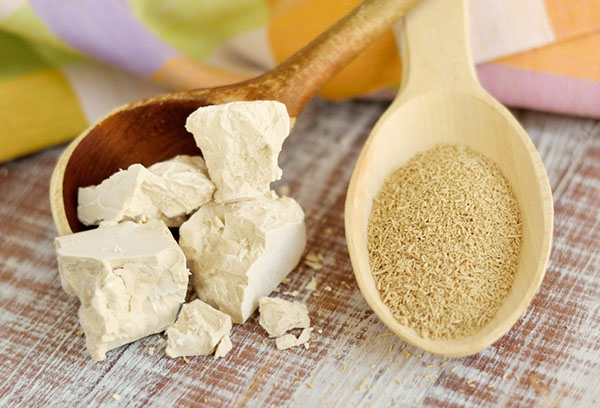
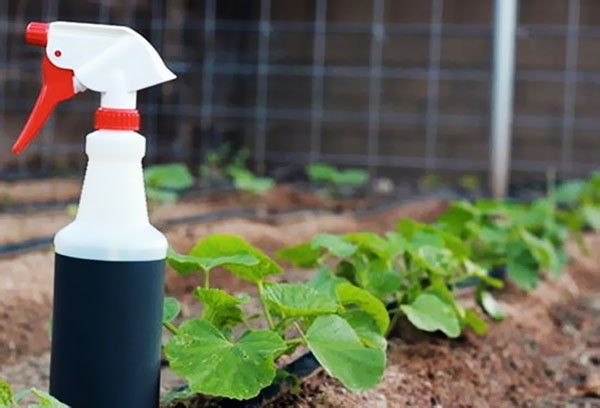
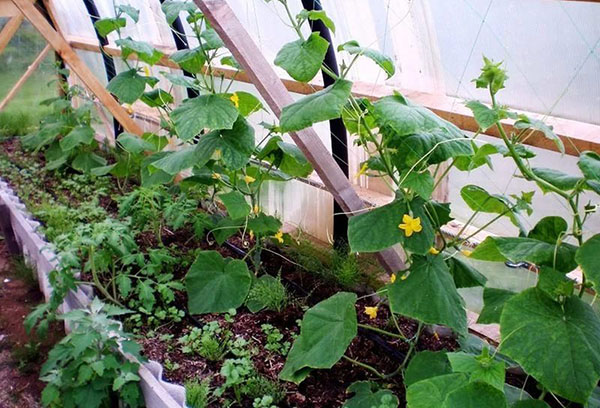
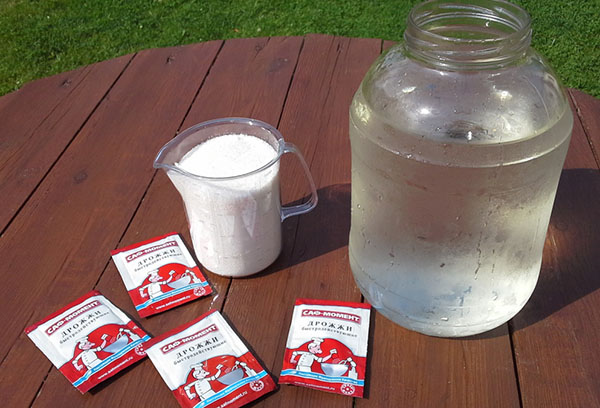
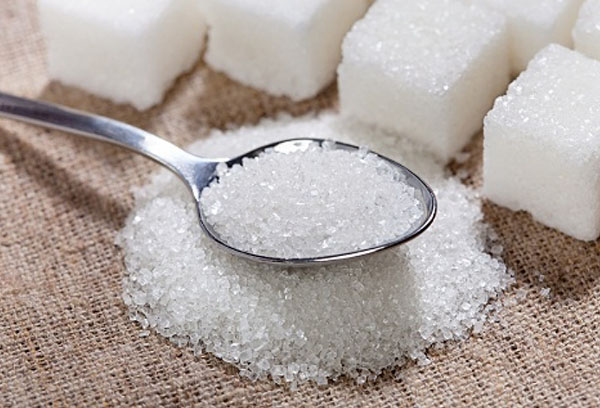
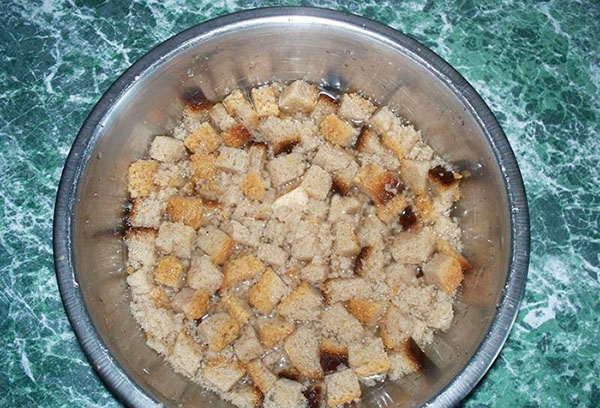
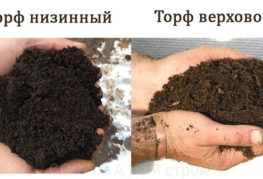

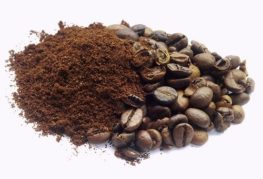

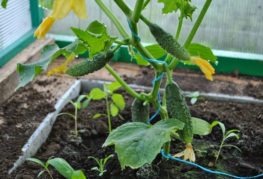
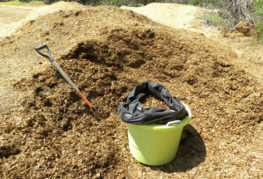
Now I have a whole bed of drunk ants.